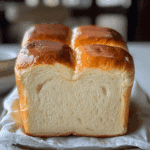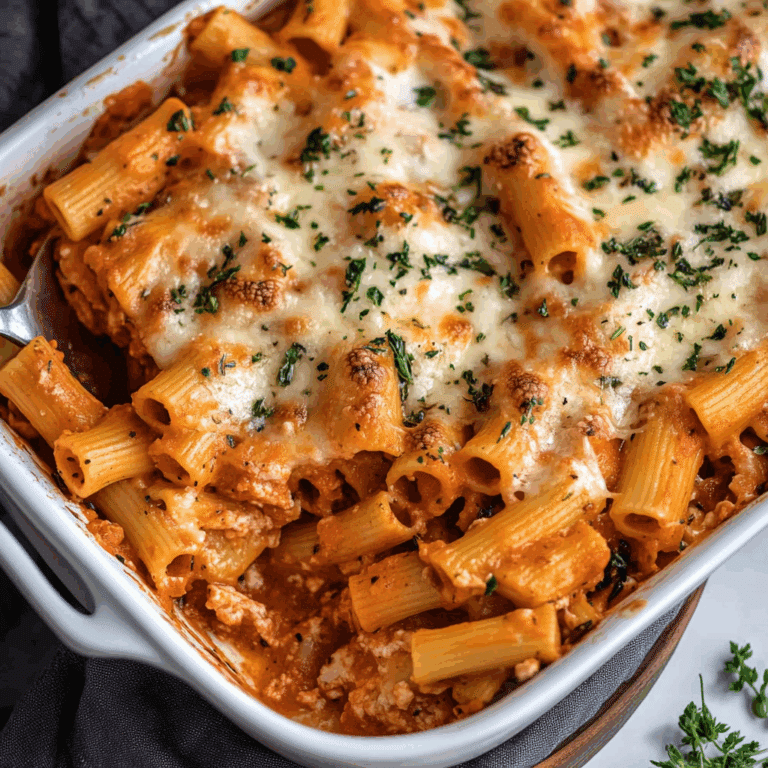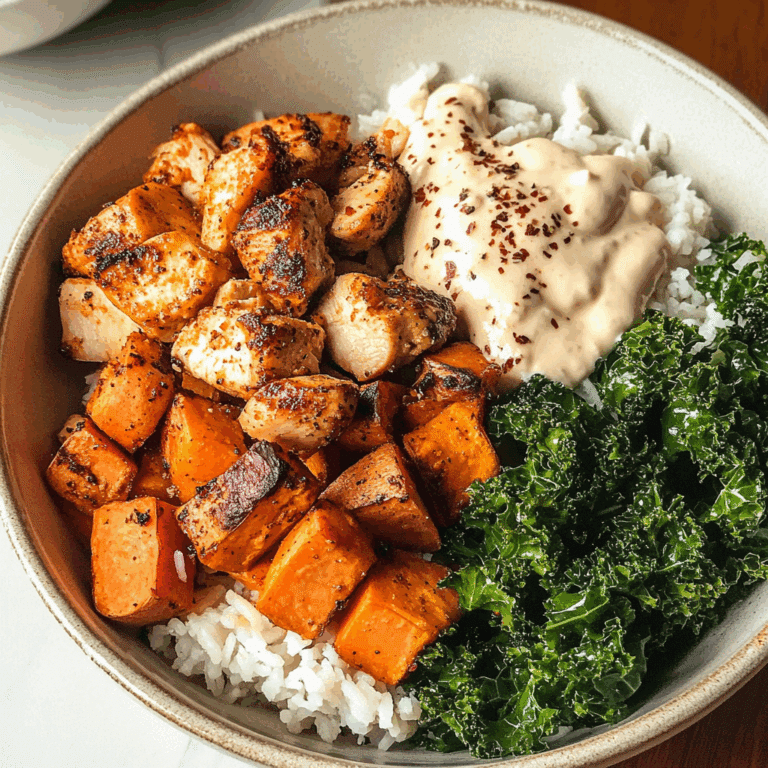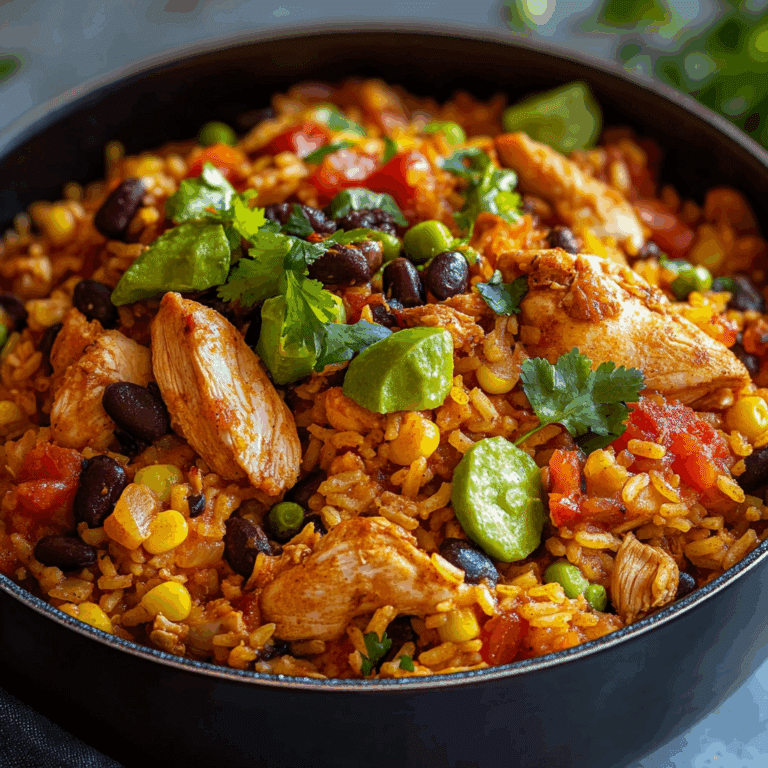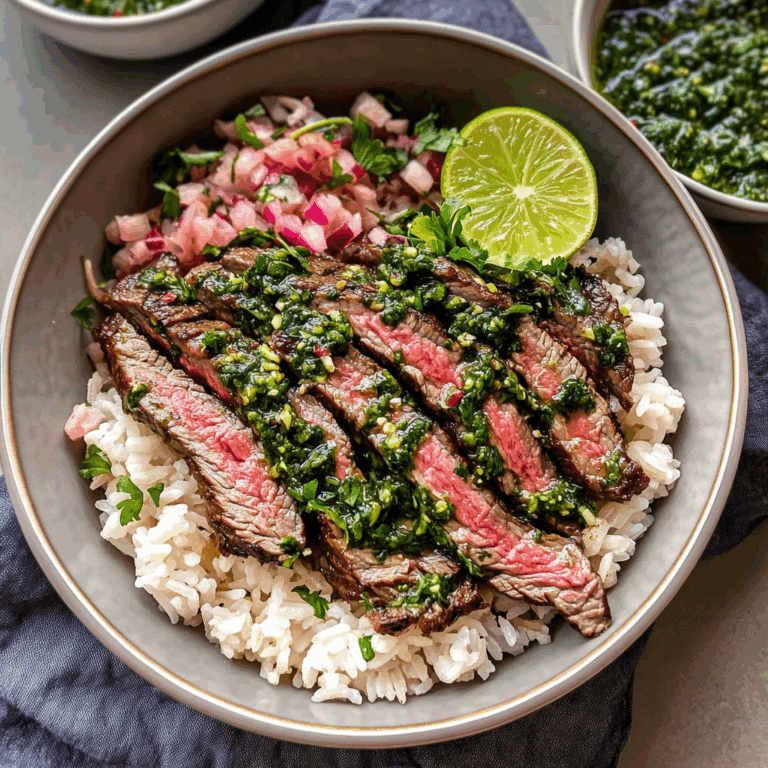How to Bake the Perfect Milk Bread Loaf

If you’ve ever dreamed of baking a soft, pillowy loaf with a golden crust and a tender crumb, this Milk Bread Loaf recipe is your new best friend in the kitchen. Known for its irresistibly fluffy texture and subtle sweetness, this bread is perfect for everything from sandwiches to toast or simply enjoying on its own. Get ready to learn the secrets to soft, fluffy Milk Bread Loaf with this easy step-by-step baking guide for perfect homemade bread every time.
Why You’ll Love This Recipe
- Ultimate Softness: The use of milk and a unique dough technique creates a cloud-like texture you won’t find in regular bread.
- Subtle Sweetness: A gentle sweetness balances the bread, making it versatile for both sweet and savory dishes.
- Simple Ingredients: With pantry staples, this recipe delivers professional bakery results without complicated steps.
- Perfect for Beginners: Step-by-step instructions make mastering Milk Bread Loaf easy, even for first-time bakers.
- Stays Fresh Longer: The soft crumb resists drying out thanks to the milk and butter, keeping every slice delightful.
Ingredients You’ll Need
These simple yet essential ingredients come together beautifully to give Milk Bread Loaf its iconic flavor and texture. Each has a special role, whether it’s contributing moisture, sweetness, or that tender crumb you crave.
- Milk: Provides richness and moisture, keeping the bread soft and fluffy.
- Bread Flour: The higher protein content helps develop gluten for a chewy but tender crumb.
- Active Dry Yeast: Gives the bread its rise and airy texture.
- Sugar: Adds sweetness and feeds the yeast for fermentation.
- Butter: Contributes tenderness and a lovely buttery aroma.
- Salt: Enhances flavor and strengthens gluten structure.
- Egg: Adds color and enriches the dough for softness.
- Warm Water: Activates the yeast and hydrates the flour for proper dough consistency.
Variations for Milk Bread Loaf
Customizing Milk Bread Loaf is easier than you think, allowing you to tailor this classic bread to suit your taste preferences or dietary needs. Here are some innovative variations to try next time you bake:
- Whole Wheat Twist: Substitute half of the bread flour with whole wheat for a nuttier flavor and added fiber.
- Vegan Version: Replace butter with coconut oil and use plant-based milk and flax egg for an animal-free loaf.
- Sweet Almond Milk Bread: Use almond milk instead of dairy milk for a subtle nutty aroma and a dairy-free option.
- Herb Infused: Mix fresh or dried herbs like rosemary or thyme into the dough for an aromatic twist.
- Chocolate Swirl: Add a layer of cocoa powder and sugar swirls inside the dough for a fun, sweet surprise.

How to Make Milk Bread Loaf
Step 1: Activate the Yeast
In a small bowl, combine warm water and sugar, stirring until dissolved. Sprinkle the active dry yeast over the surface and let it sit for about 5 to 10 minutes until frothy. This ensures your yeast is alive and ready to create the beautiful rise in your Milk Bread Loaf.
Step 2: Prepare the Dough
In a large mixing bowl, combine bread flour and salt. In a separate bowl, whisk together the milk, melted butter, and egg. Pour the wet ingredients and the activated yeast mixture into the flour. Mix everything together until a rough dough forms.
Step 3: Knead the Dough
Transfer the dough onto a lightly floured surface and knead for 10 to 15 minutes until it becomes smooth and elastic. This step develops the gluten, giving the bread its chewy, springy texture that’s characteristic of Milk Bread Loaf.
Step 4: First Rise
Place your kneaded dough into a greased bowl and cover it with a damp cloth or plastic wrap. Let it rise in a warm, draft-free area for 1 to 1 ½ hours, or until the dough has doubled in size. This fermentation process is key to the fluffy tenderness of your loaf.
Step 5: Shape the Loaf
Once risen, gently punch down the dough to release air. Divide and shape it into a smooth loaf, then place it into a greased loaf pan. This shaping step helps create that perfect classic Milk Bread Loaf silhouette.
Step 6: Second Rise
Cover the loaf pan and allow the dough to rise again for 45 to 60 minutes, until it puffs up just above the pan’s edge. This second proofing ensures a soft and airy crumb.
Step 7: Bake to Perfection
Preheat your oven to 350°F (175°C). Bake the loaf for 30 to 35 minutes until the crust turns golden brown and sounds hollow when tapped. Let it cool completely before slicing so the texture fully sets.
Pro Tips for Making Milk Bread Loaf
- Use Warm, Not Hot, Liquids: Temperatures between 105°F and 110°F activate yeast without killing it.
- Knead Properly: Consistent kneading develops gluten to achieve that tender chew.
- Don’t Rush Rising: Letting the dough rise fully creates a lighter texture and better flavor.
- Brush With Milk or Egg Wash: Applying before baking enhances the crust’s golden color.
- Cool Completely Before Slicing: Cutting too soon can make the bread gummy.
How to Serve Milk Bread Loaf
Garnishes
Add a pat of butter or a drizzle of honey to warm slices to bring out the natural sweetness. Lightly dusting with powdered sugar also creates a charming presentation for breakfast.
Side Dishes
Pair the soft, fluffy Milk Bread Loaf with hearty soups, creamy stews, or refreshing salads. Its neutral flavor perfectly balances savory and rich dishes.
Creative Ways to Present
Transform slices into finger sandwiches with fresh fillings, toast them for crunchy textures, or make French toast to take your breakfast game to another level. The versatility of Milk Bread Loaf lets you get creative with every meal.
Make Ahead and Storage
Storing Leftovers
Store leftover Milk Bread Loaf in an airtight container or plastic bag at room temperature. It stays soft and fresh for up to 3 days, making it perfect for busy mornings or quick snacks.
Freezing
Wrap your cooled bread tightly in plastic wrap and then foil before freezing. It maintains its texture and flavor for up to 3 months. Thaw overnight at room temperature before using.
Reheating
Warm slices in a toaster or oven set to low heat for a few minutes to revive softness and aroma. Avoid microwaving to prevent a rubbery texture.
FAQs
Can I use regular flour instead of bread flour?
Yes, you can substitute all-purpose flour, but expect a slightly softer and less chewy texture since it has less gluten than bread flour.
Why is my Milk Bread Loaf dense instead of fluffy?
Often, this happens if the yeast isn’t fully activated or if the dough didn’t rise long enough. Ensure warm liquids and adequate proofing time for best results.
Can I make this bread without eggs?
Absolutely! You can omit the egg or replace it with an equivalent amount of yogurt or a flaxseed egg for similar moisture and richness.
How long does Milk Bread Loaf stay fresh?
When stored properly, it remains soft and fresh for about 3 days at room temperature. For longer storage, freezing is recommended.
Is it necessary to knead by hand?
It’s not mandatory; you can use a stand mixer with a dough hook to save time and effort, but hand kneading helps you feel the dough’s texture and develop gluten well.
Final Thoughts
Making your own Milk Bread Loaf is truly rewarding and surprisingly straightforward. With its irresistibly soft texture and subtle sweetness, it’s a bread you’ll want to bake again and again. So roll up your sleeves, gather your ingredients, and enjoy every step of creating this comforting homemade classic.
Related Posts
- Why Creamy Spinach Mushroom Pasta Is Irresistible
- How to Make Street Corn Chicken Rice Bowls
- Why Garlic Butter Tomato Pasta Is a Must-Try Delight
Milk Bread Loaf
Milk Bread Loaf is a soft, fluffy bread with a golden crust and tender crumb, characterized by its subtle sweetness and cloud-like texture. Perfect for sandwiches, toast, or enjoyed on its own, this recipe uses simple pantry ingredients and straightforward techniques to create bakery-quality bread ideal for beginners and experienced bakers alike.
- Prep Time: 20 minutes
- Cook Time: 30-35 minutes
- Total Time: 2 hours 45 minutes
- Yield: 1 loaf (about 12 slices) 1x
- Category: Bread
- Method: Baking
- Cuisine: Japanese-inspired
- Diet: Contains gluten and dairy
Ingredients
Main Ingredients
- 1 cup warm water (105°F to 110°F)
- 2 ½ teaspoons active dry yeast
- 3 tablespoons sugar
- 3 ½ cups bread flour
- 1 teaspoon salt
- ½ cup milk, warmed
- 4 tablespoons unsalted butter, melted
- 1 large egg
Instructions
- Activate the Yeast: In a small bowl, combine the warm water and sugar, stirring until the sugar dissolves. Sprinkle the active dry yeast on top and let it sit for 5 to 10 minutes until it becomes frothy, indicating the yeast is active and ready for baking.
- Prepare the Dough: In a large mixing bowl, whisk together the bread flour and salt. In a separate bowl, mix the warmed milk, melted butter, and egg. Pour the wet ingredients along with the activated yeast mixture into the flour, and stir until a rough dough forms.
- Knead the Dough: Transfer the dough onto a lightly floured surface and knead for 10 to 15 minutes until it becomes smooth and elastic. This kneading develops gluten, which gives the bread its characteristic chewy yet tender texture.
- First Rise: Place the kneaded dough into a greased bowl, cover with a damp cloth or plastic wrap, and let it rise in a warm, draft-free area for 1 to 1 ½ hours, or until it has doubled in size. This fermentation step is crucial for a soft, fluffy crumb.
- Shape the Loaf: Gently punch down the risen dough to release trapped air. Divide and shape it into a smooth loaf, then place it into a greased loaf pan to prepare for the second rise.
- Second Rise: Cover the loaf pan and allow the dough to rise again for 45 to 60 minutes, or until it puffs up just above the edge of the pan, ensuring an airy texture after baking.
- Bake to Perfection: Preheat the oven to 350°F (175°C). Bake the loaf for 30 to 35 minutes until the crust is golden brown and sounds hollow when tapped. Let the bread cool completely before slicing to set the perfect texture.
Notes
- Use liquids between 105°F and 110°F to activate yeast without killing it.
- Knead dough consistently to develop gluten and achieve the ideal chew.
- Allow dough to rise fully to ensure light, fluffy bread.
- Brush the dough with milk or egg wash before baking for a golden crust.
- Cool bread completely before slicing to prevent gummy texture.
Nutrition
- Serving Size: 1 slice (1/12 of loaf)
- Calories: 120
- Sugar: 3g
- Sodium: 150mg
- Fat: 3.5g
- Saturated Fat: 2g
- Unsaturated Fat: 1.5g
- Trans Fat: 0g
- Carbohydrates: 20g
- Fiber: 1g
- Protein: 4g
- Cholesterol: 30mg
Keywords: Milk Bread, Soft Bread, Fluffy Loaf, Homemade Bread, Japanese Milk Bread, Sandwich Bread, Tender Crumb

